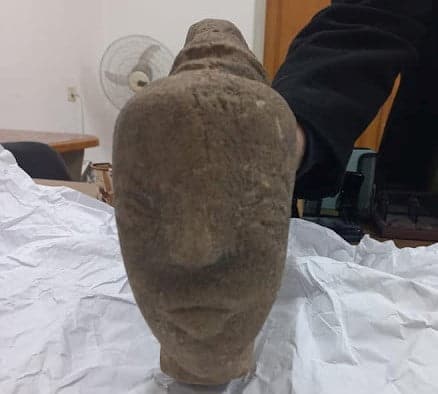A NZ defence team that was there to help set up Anzac Day commemorative services for this Friday have dug in to rebury the remains.
According to a NZ Defence Force statement, bushfires on the peninsula last August and heavy rain since combined to expose the remains.
The statement said an assessment of the area revealed that some remains had already been moved.
After talks with Commonwealth War Graves Commission staff, it was decided to cover and secure the remains with minimal disturbance to the environment.
New Zealand commemoration services leader John McLeod said that a small team of NZDF and NZ Embassy staff dug in to cover up the remains.
“It was the right thing to do.
“We consulted with local authorities about best practice and with the upmost respect and honour, we covered up the remains, laid poppies and took a moment of silence for each of the remains,” he said.

The group recited a karakia (Maori prayer) and The Ode, and played The Last Post in the area where historic trenches had been exposed after bushfires last August.
McLeod said that any attempt to remove fragments of the remains of combatants from all sides would do more damage and destroy the battlefield and environment.
“After the battle of Chunuk Bair, it was impossible under battlefield conditions to recover or bury all of the dead,” he explained.
From August 1915 onwards, the area around the apex, where the most recent remains were found, was occupied by New Zealand units along with British forces.
The area saw heavy fighting as Ottoman forces attacked after they had recaptured Chunuk Bair.
(Some reports place the Allied casualty toll over five days of fighting at 12,500 men out of a force of 37,000.)
“It’s important the public acknowledges the sacredness of what is essentially one large cemetery.
“There are dead from all sides, laying side by side, and the various memorials across the heritage site honour those who never made it home.”
McLeod said the small team was humbled to honour the remains in their own, and small, way and that it was a very stark reminder of what Anzac Day means.






